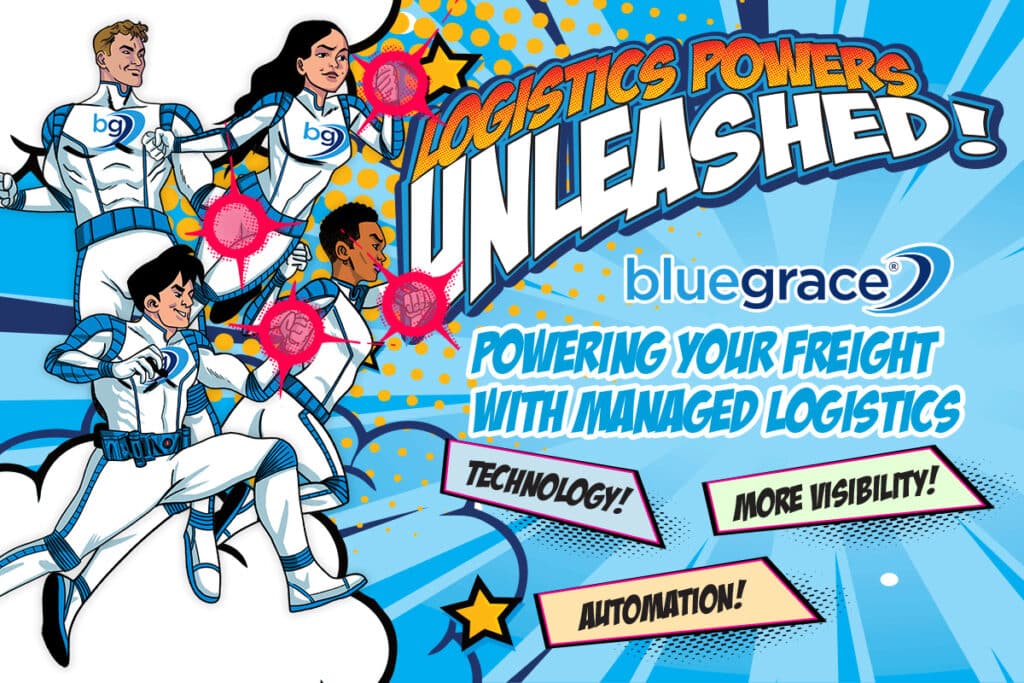
With two months left to go of this hurricane season, the eastern seaboard has been hammered by Hurricane Florence. While the storm has died out, the overall damage reports are still rolling in. As of now, over 500,000 businesses and homes are without power, mostly in North Carolina. Prolific flooding and rainfall continue to be an issue for many in the area and current damage tolls from the storm are estimated to be between $17 and $22 billion in property damage and lost economic output.
a new report for the movement of critical supply chains, food, fuel, clean water, and medical supplies and equipment, during a hurricane
In the wake of these storms and natural disasters, the researchers from the MIT Humanitarian Supply Chain Lab have created a new report for the movement of critical supply chains, food, fuel, clean water, and medical supplies and equipment, during a hurricane and how these supply chains might be better directed during future disasters.
The report is a summary of the MIT roundtable discussion, “Supply Chain Resilience: Restoring Business Operations Following a Hurricane,” held last December. The discussion brought in 40 supply chain leaders from both the public and private sectors to discuss the challenges that were brought about by the 2017 hurricane season, which has proven to be one of the worst in U.S. history since 1900. The discussion focused on the need for better ways to share information and coordinate resources and how that could accelerate the restoration of business operations.
Pre-crisis supply chain mapping and post-crisis visibility may enable better management of resources.
“The discussions revealed potential opportunities for improvement, especially in the realm of business-government coordination. For example, pre-crisis supply chain mapping and post-crisis visibility may enable better management of resources. In cases where detailed real-time data is impractical, aggregate indicators and sentinel data sources could provide timely, actionable insights. Better relationships among businesses and the many government agencies in all levels of jurisdictions could improve coordination in a crisis. Although the future of disasters may be dynamic and unbounded, research, development, and rehearsal of resilience strategies can help mitigate the black swans to come,” MIT News says.
Transportation Breakdown
In addition to a number of businesses being closed due to loss of power or structural damage, there are some severe disruptions to transportation as a result of major hurricanes. Ocean transportation can be seriously disrupted by major storms. The port of Wilmington, for example, and the port of Charleston, just to the south, only recently reopened and resumed intermodal travel for freight.
The problem is that port closures can cause some significant delays for general freight transportation, even to areas that aren’t necessarily affected by the storm.
The problem is that port closures can cause some significant delays for general freight transportation, even to areas that aren’t necessarily affected by the storm. Freight has to be rerouted to another port which can cause some heavy congestion during the loading and unloading phase. In addition to that delay, the freight now has a longer distance to travel before reaching its intended destination. Hurricanes also bring on a tremendous amount of flooding which can shut down city infrastructures as well as closing off major roadways. The roads that are open are often heavily congested with traffic which can all but shut down transportation into these areas.
Temporary Regulation Repeal Should be Permanent Says Truckers
Of course, safety is also a concern for the trucking industry, but with the Hours of Service ruling and the Electronic Logging Device mandate, truckers are having to operate on a very tight schedule. This means spending time in rest stops and hotels while storm victims are left waiting for their supplies. Fortunately, the FMCSA granted blanket exceptions to the HoS regulation for any drivers carrying relief supplies for those that have been affected by Hurricane Florence.
Weather-related waivers are routine, says Todd Spencer, president of the Owner-Operator Independent Drivers Association (OOIDA). “It’s done for storms, whether it be for floods or hurricanes, it’s done for snow or dramatically cold weather. We watch with great interest in looking for the mushroom clouds. We don’t see them. Safety doesn’t go to hell.”
With the current ruling, once the driver starts the clock, they have to work their 14-hour block. This means a driver can’t take an extended break or wait for traffic to clear up. This combined with the ELD’s that are now required on freight haulers means that even moving the truck across the parking lot starts the clock running with no way to stop it.
Combine this with the inclement weather from a storm and drivers are going to be driving through the thick of it by necessity once the blanket exceptions are lifted.
Spencer argues that this inflexibility could actually detract from safety, rather than enhancing it. Because the clock starts running as soon as the truck moves, and doesn’t stop until the clock runs out, a driver is more likely to continue driving, rather than taking a rest break. Combine this with the inclement weather from a storm and drivers are going to be driving through the thick of it by necessity once the blanket exceptions are lifted.
Help Your Supply Chain Weather Out the Storm
Given the fact that a hurricane has the potential to severely disrupt your daily operations, it’s important to take precautions ahead of time.
Know when they’re going to happen: Hurricane season begins June 1st and runs until November 1st. During that time, it’s important to keep an eye on storms that could develop into something worse. When it comes to hurricanes, it’s usually not a matter of if, but when.
Increase Your Visibility: Visibility plays a huge role in protecting the supply chain. The more aware you are of your freight movements, the easier it is to reroute in the event of an emergency.
Plan Ahead: Making contingency plans ahead of time can save you a lot of hassle and heartache later on down the road. Having the right key systems in place and understanding your operations from front to back is crucial. Not just during natural disasters, but for day to day operations.
Get Help: Consider working with a 3PL to help manage your transportation needs. Freight capacity in the United States is scarce to begin with. During a natural disaster, capacity becomes needed for disaster relief efforts which makes that capacity window shrink even further. As a result, spot rates rise which can make hurricanes a truly costly endeavor for a number of businesses. Working with a 3PL like BlueGrace can help secure capacity and enhance your ability to book freight . This can help make all the difference. To speak to one of our freight experts, call us at 800.MYSHIPPING or fill out the form below.



